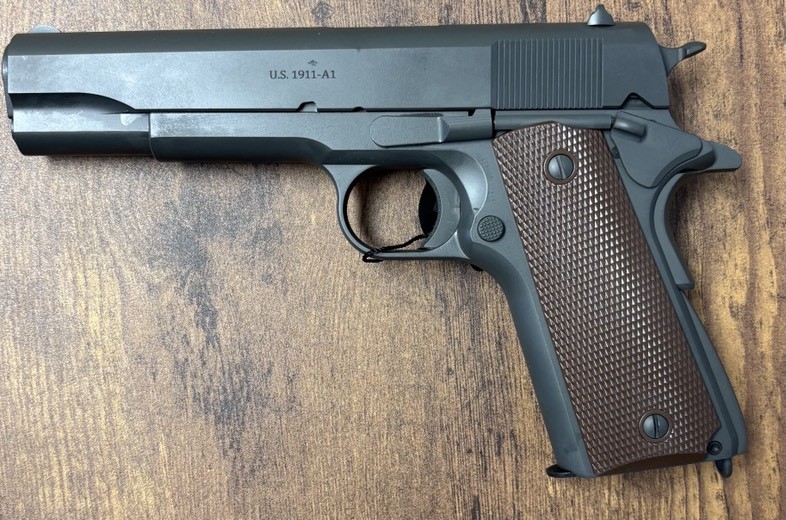Farewell to a USMC Combat Engineer Friend The Assault Breacher Vehicle
By Col Michael C. Howard US Marines (Ret)
“Once more unto the Breach …” used to be the motivating rallying cry by Shakespeare in his classic King Henry V (Act 3, Scene 1). For hundreds of years it symbolized the assault against enemy fortifications and was clearly proven in WWII on the beaches of D-Day, across the Pacific, and more recently in the Iraq War on the advance upon Saddam Hussein’s Baghdad. But sadly, no more. Bureaucrats and Pentagon sycophants have decided to “divest” the Marine Corps of not only its Tanks, Artillery and Bridges, but this crown jewel of Combat Engineering.
Since the dawn of ancient warfare, obstacles on the battlefield had to be dealt with by brave men in the forefront armed with but axes, spades, or battering rams. This changed dramatically in the 20th century with the invention of the bulldozer and the blade tank.
The #M1150 Assault Breacher Vehicle (ABV) was developed to meet the operational requirements of the #USMarine Corps. It is also known as the Breacher or Shredder or simply ”ABV”. This combat engineering vehicle was specially designed to clear pathways through minefields, creating safe lanes for other vehicles. It allows assault units to move rapidly through obstacles before enemy forces establish defenses. First prototypes of the ABV were completed in 2002. The Breacher became operational in 2008. In 2009 it saw combat in Afghanistan. The US Marine Corps ordered a total of 45 systems. Later the US Army ordered 187 of these vehicles, instead of the cancelled U.S. Army Grizzly. The Grizzly was a similar combat engineering vehicle, which was cancelled in 2001 and never reached production, but the U.S. Army soon bought into and fully participated in the U.S. Marine Corps Assault Breacher Vehicle (ABV) program in 2002. Eventually, 239 were built.
The M1150 Assault Breacher Vehicle is based on a modified M1A1 Abrams main battle tank chassis. It is worth mentioning, that the ABV uses refurbished Abrams MBT chassis, supplied from surplus Army stocks. Turret of the M1A1 has been removed and replaced by a new superstructure. Several proven sub-systems have been used on this combat engineering vehicle to reduce development time and cost. Pearson Engineering of the United Kingdom supplied several specially designed engineering accessories for this vehicle. These include full width and surface mine ploughs, combat dozer blades, rapid ordnance removal systems, lane marking systems. This equipment can be rapidly fitted or removed, depending on mission requirements.
The Breacher is fitted with two launchers for mine clearing line charges, mounted on the rear of the superstructure. These are rockets, carrying explosives up to 100-150 m forward, detonating mines, bombs or IEDs at a safe distance. In this way it makes safety lanes in the minefields for troops and armored vehicles.
The ABV can support the current fleet of US Marines armored vehicles, including the M1A1 Abrams MBT.
A superstructure of the ABV is fitted with the latest explosive reactive armor package. It provides higher level of protection against anti-tank weapons with HEAT warheads, such as RPG rounds. This breaching vehicle is heavily armored and can withstand enemy mine damage.
The Assault Breacher Vehicle is operated by a crew of two, including commander and driver. It has an option for remote control and can be operated from a distance without the crew. This combat engineering vehicle is armed with a cupola-mounted .50 cal. M-2 (12.7mm machine gun), which is operated by the vehicle commander.
The Breacher is powered by Honeywell AGT1500 gas turbine engine, developing 1,500 hp. It is a multi-fuel engine, which can run on kerosene, diesel, petrol or aviation fuel. It has servicing intervals significantly longer than of diesel engines and can be a challenge to maintain. But this is made up for in huge earth moving and power capabilities. Like an Abrams tank, it has high fuel consumption compared with diesels. The engine can be replaced in field conditions within 30 minutes. This armored combat engineer vehicle has speed and mobility to keep up with Abrams tanks and other mechanized vehicles during combat operations. The Assault Breacher Vehicle also has a deep fording capability.
Marines, particularly the Infantry, loved it as it saves lives in getting them “Through the enemy Breach.”
So why was this beauty “divested”? The current Ukraine Army would love them going up against the Russians. We need to ask the Pentagon why it is going along with a less combat capable Marine Corps. This may be sold as woke and modern, but is it in America’s best interests.
Napoleon once stated that “There are no bad battalions, only bad battalion commanders.”
Sadly, “divestiture” by the Pentagon bureaucracy within the Marine Corps has proven to be a more effective “force subtractor” than its many historic foreign enemies.
Time for the American people and our representatives to call a “Time Out’.
Pride of the USMC Combat Engineers (developed on their own in 2002, adopted by the U.S. Army):
Country of origin: United States
Entered service: 2008
Crew: 2 men
Dimensions and weight
Weight: ~ 50 t
Length: 12 m
Hull length: ~ 7.9 m
Width: ~ 3.6 m
Height: ~ 2.4 m
Armament
Machine guns: 1 x 12.7 mm
Mobility
Engine: Honeywell AGT1500 gas turbine
Engine power: 1 500 hp
Maximum road speed: ~ 70 km/h
Range: ~ 500 km
Maneuverability
Gradient: 60%
Side slope: 40%
Vertical step: 1 m
Trench: 2.7 m
Fording: 1.2 m
Fording (with preparation): 2 m
A USMC M1150 assault breacher vehicle in combat, Afganistan 2017
Type: Military Engineering Vehicle
Place of origin: United States
____
Service history
In service 2009–present
Used by: United States Army and United States Marine Corps
Wars: War in Afghanistan
____
Production history
No. built: 239
____
Specifications
Length: 40 feet (12 meters)
Crew: 2
____
Main armament: M58 MICLIC
Secondary armament: 1 50 BMG M2 machine gun mount on top of the vehicle.








